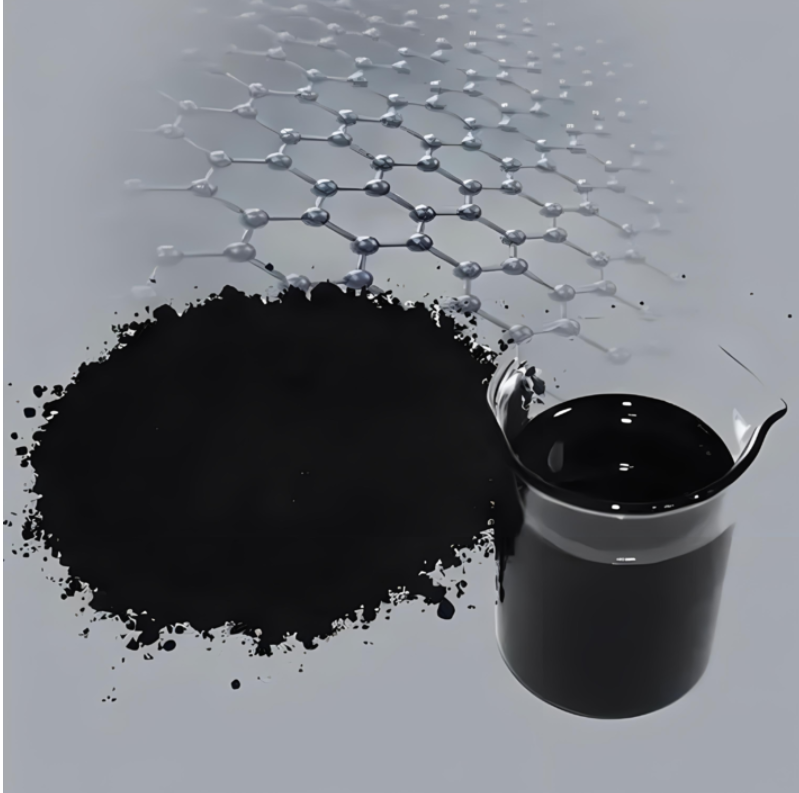Antibacterial Properties of Carbon Nanotubes: A New Frontier in Infection Control

Introduction: Why Hospitals Need Smarter Surfaces
Hospital-acquired infections (HAIs) remain a global challenge. Traditional disinfectants offer temporary relief, but surfaces quickly become contaminated again. Carbon Nanotubes (CNTs), with their unique physical and chemical traits, are emerging as next-generation antimicrobial agents.
How CNTs Kill Bacteria
CNTs destroy microbes through multi-modal mechanisms:
-
Mechanical Piercing: Needle-like tips puncture bacterial cell walls
-
ROS Generation: Reactive oxygen species disrupt microbial DNA
-
Surface Repulsion: Bacteria struggle to adhere to CNT-functionalized surfaces
This makes it difficult for bacteria to develop resistance.
Tested Pathogens
CNTs have demonstrated antimicrobial activity against:
-
E. coli
-
Staphylococcus aureus
-
Pseudomonas aeruginosa
-
Even some drug-resistant strains like MRSA
Use Cases in Healthcare
| Application | Function |
|---|---|
| Surgical Instruments | CNT coatings reduce contamination risk |
| Wound Dressings | CNT-infused fabrics promote healing, prevent infection |
| Hospital Touch Surfaces | CNT-polymer films maintain long-term antibacterial protection |
Safety & Biocompatibility
When properly functionalized (e.g., PEGylation), CNTs have shown good biocompatibility and low cytotoxicity, making them suitable for clinical settings.
Summary: Reinventing Clean Surfaces
CNTs provide continuous, non-releasing antimicrobial protection, which is a game-changer in high-risk environments like ICUs or operating rooms. As the next step in nanomedical hygiene, CNTs offer durability and effectiveness where alcohol wipes and silver coatings fall short.

